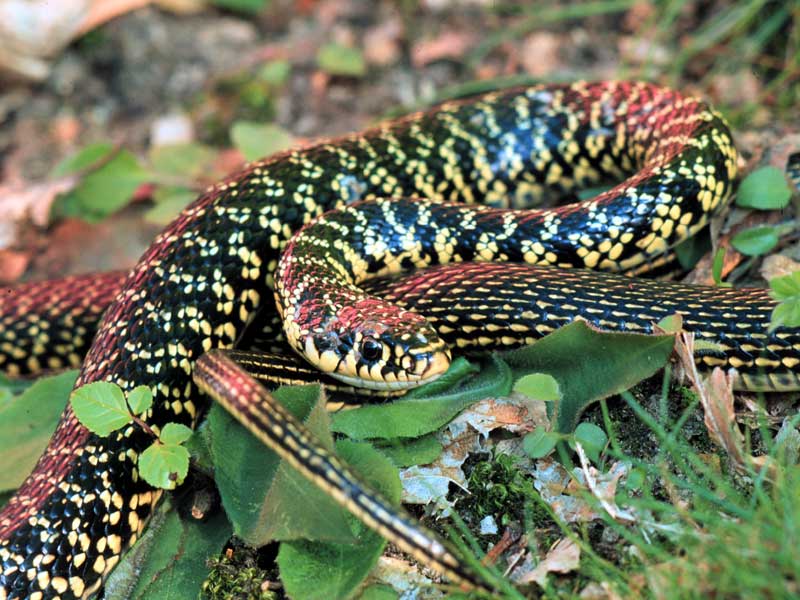
Safeguarded Area of the Roero Woods and Rocche
This post is also available in:
 Italiano (Italian)
Italiano (Italian)
This protected area is in the Monferrato territory and its landscape mainly features crops and woods, among the most extensive and variegated in the whole region.
In the valley bottoms and the wettest areas, there are alder and elm forests, with occasional beech groves (Fagus sylvatica); while in the drier zones, there are oak woods (Quercus robur), hornbeams (Carpinus betulus), wild limes, wild cherry trees (Prunus avium), and ashes (Fraxinus ornus). These are the remains of lowland mesophilic woods, officially acknowledged as part of sites of community interest by the European 92/43 / EEC Directive.
On the heights, there are woods related to Quercetalia-robori-petraeae where oaks (Quercus robur) are particularly abundant; in the driest places, there are Scots pines (Pinus sylvestris), Turkey oaks (Quercus cerris), and downy oaks (Quercus pubescens); in those very woods there are also some sub-Mediterranean species, including wild service trees (Sorbus torminalis), dogwood (Cornus mas), and wayfaring trees (Viburnum lantana).
The moorlands feature eagle ferns (Pteridium aquilinum), while purple moor-grass (Molinia caerulea) reappears in the oak woods and the vineyards; in the latter, it’s sometimes found along with marsh gladiolus Gladiolus palustris, a rare and protected species.
Black locusts (Robinia pseudoacacia), once used to produce the poles for the vineyards, are widespread in the impluviums and tend to invade the most fertile soils. Scots pine (Pinus sylvestris) also grows in this area, once growing in thick wood patches; those pines were much exploited for timber and brick kilns, thus leading to wholesale cutting.
A total of 30 plant species with total protection pursuant to Regional Law 32/82 can be found in the Roero area. Of particular interest, there are caper bush (Capparis sativa) and other Mediterranean essences such as Chrithmum maritimum, Centranthus ruber, Opuntia compressed, and Anthirrimum spp. Not to mention marsh helleborin (Epipactis palustris), marsh gentian (Gentiana pneumonanthe), and Antennaria dioica, as well as the rare mezereum (Daphne mezereum).
The protected area also features several pools, fishponds and marshes, which mainly originated from small artificial basins created in the past centuries for the farms and irrigation needs: they host a remarkable aquatic and hygrophilous vegetation, while they’re a vital resource for the fauna and, in particular, some rare bat species.
This post is also available in:
 Italiano (Italian)
Italiano (Italian)
Contatti
Sommariva Perno(CN)
0172 46021
info@comune.sommarivaperno.cn.it

